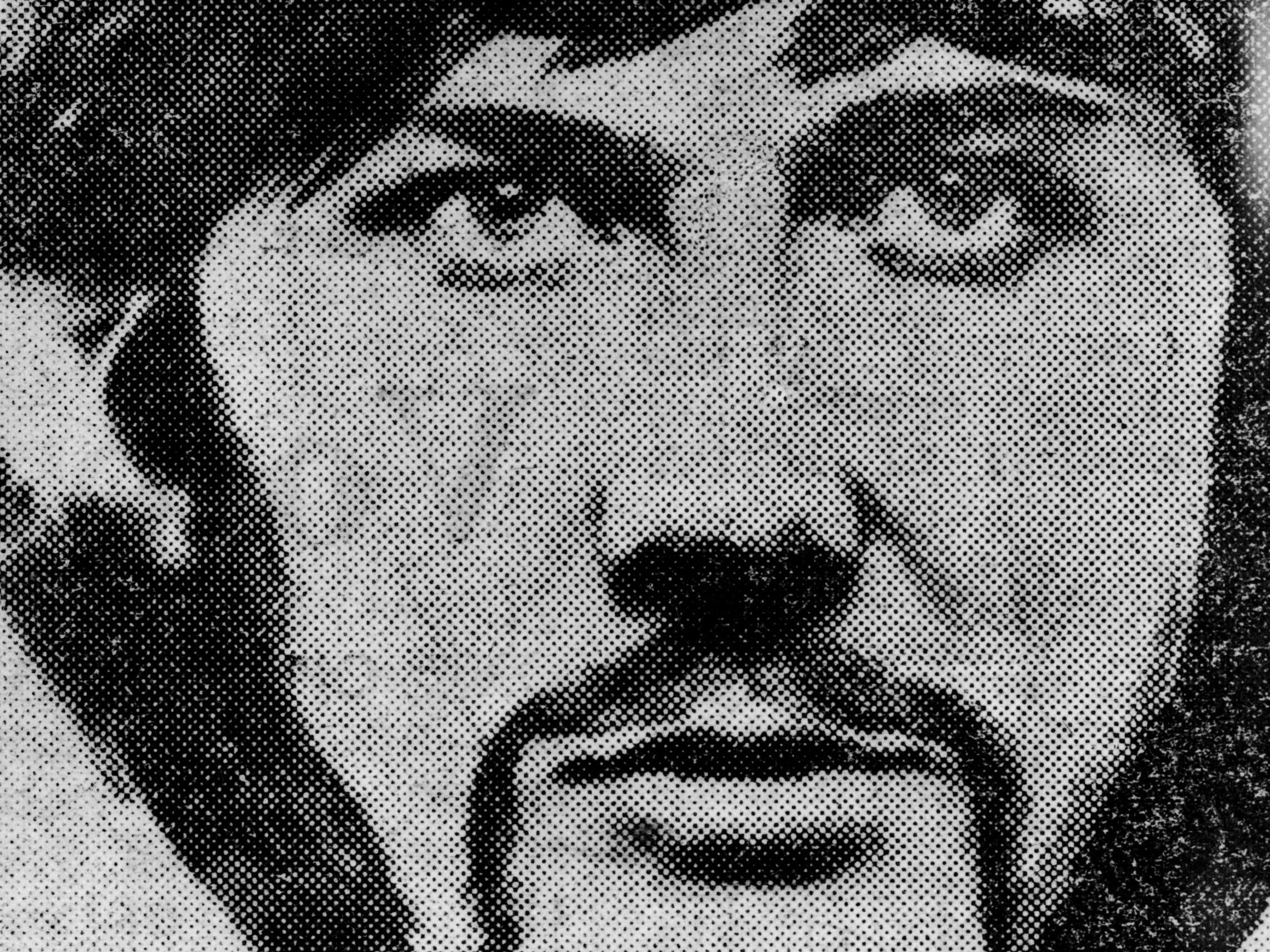The Yorkshire Ripper Files: a Very British Crime Story review: A strong case for why the 1970s police force failed
Director Liza Williams looks at what could have but done to stop Peter Sutcliffe but wasn't

Between 1975 and 1981, Peter Sutcliffe, known as the Yorkshire Ripper, mutilated and murdered 13 women and attacked at least eight others. Unless he finds some reason to open up after all this time, we will probably never know the full extent of his crimes, his state of mind, nor his true motives. He is in jail, and he is staying there.
What we can be more productively speculative about is whether there was anything that could and should have been done then to stop him, but which wasn’t. This is the question that director Liza Williams and producers Nancy Bornat and Leanne Klein set out to answer in their finely crafted documentary series.
The short answer is “yes”. And the “something” was simply to listen to the women who were trying to get their story across, but who were more often than not dismissed because so many of the Ripper’s victims were involved in prostitution, their lives deemed more dispensable than those of “respectable” women. No matter that some of the women pushed into sex work had previously been respectable; nor that some of the victims were entirely unconnected with the sex trade; the police made informal, unspoken and artificial distinctions between the worth of the lives of different female human beings. Police techniques in the middle 1970s hadn’t moved on much from their forebears a century earlier who’d tried and failed to apprehend Jack the Ripper.
Interviewing survivors, relatives of victims, former police officers, lawyers, forensic scientists and pathologists, Williams builds up a strong case for why the male-dominated police forces of the 1970s failed in what was the most extensive manhunt in British history. The floors of the West Yorkshire police headquarters had to be reinforced, such was the (literal) weight of evidence that was pouring in to the incident rooms. Much of this was stray gossip, some malicious, the odd real lead, and, in one case, a hoax tape that the police were so convinced by they spent months chasing after someone with a Sunderland accent, whereas Sutcliffe was from Bradford.
And yet there were key figures, whose precious eye witness testimony was inexplicably ignored. Marcella Claxton, for example. She was lucky indeed to have survived being struck on the back of the head with a hammer in her brief encounter with Sutcliffe in Roundhay Park, Leeds, two miles north of the Ripper’s known territory of Chapeltown. Pregnant and left for dead, she lost her baby but had an extremely good look at Sutcliffe and was able to describe this “white man with dark hair and beard” with some confidence to the police. However, according to her solicitor in this film, Claxton, a woman of colour who suffered from learning difficulties, was told by the police she was mistaken and that her attacker was a black man. Various other escapees were able to describe Sutcliffe’s distinctive appearance – curiously he never disguised his trademark look, and even now has that beard – and especially his unusually dark eyes. Sutcliffe was interviewed by the police a number of times, and once linked, via pay roll records, to a new £5 note found in the handbag of one of his victims, but he was let go. Had the police bothered to collate the eye witness evidence as to his appearance he would surely have been stopped before he was.
The journalists and others around at the time also testify that the police were reluctant to spark a panic about a serial killer whose victims were invariably sex workers, though this altered when Jayne MacDonald, unconnected to prostitution, was found beaten and stabbed to death on the morning of Sunday 26 June 1977. The open letter to the Ripper published by the Yorkshire Evening Post at the time – the newspaper was not unusual in its attitudes – speaks volumes for the assumption of the time, obliquely stated: “Your motive, it is believed, is a dreadful hatred for prostitutes. But inevitably that twisted passion went terribly wrong on Sunday. An innocent 16-year-old lass, a happy respectable working-class girl from a decent Leeds family crossed your path…”
This, as the film quite fairly makes clear, was an era before computers, CCTV, DNA analysis, smartphones, search engines and sophisticated data management. Sutcliffe was not known nor otherwise linked to any of his victims – the toughest kind of murders to solve. Sutcliffe operated across a wide area on both sides of the Pennines. The police were distracted by hoaxes. The media and the public were also, we should acknowledge, unsympathetic towards women in the sex trade – their lives didn’t “matter”, in the modern idiom. Yet, for all that, there were clearly moments when Sutcliffe could have been arrested. Indeed, as early as 1969, he got away with a serious violent assault on a prostitute, who had had the presence of mind to record the registration number of the car Sutcliffe was in. Interviewed by the police, Sutcliffe would have acquired a criminal record that would have made him a prime suspect later on, but, with the stigma attached to such matters, the woman dropped her charges and Sutcliffe went free.
No end of a lesson.
Join our commenting forum
Join thought-provoking conversations, follow other Independent readers and see their replies
Comments
Bookmark popover
Removed from bookmarks